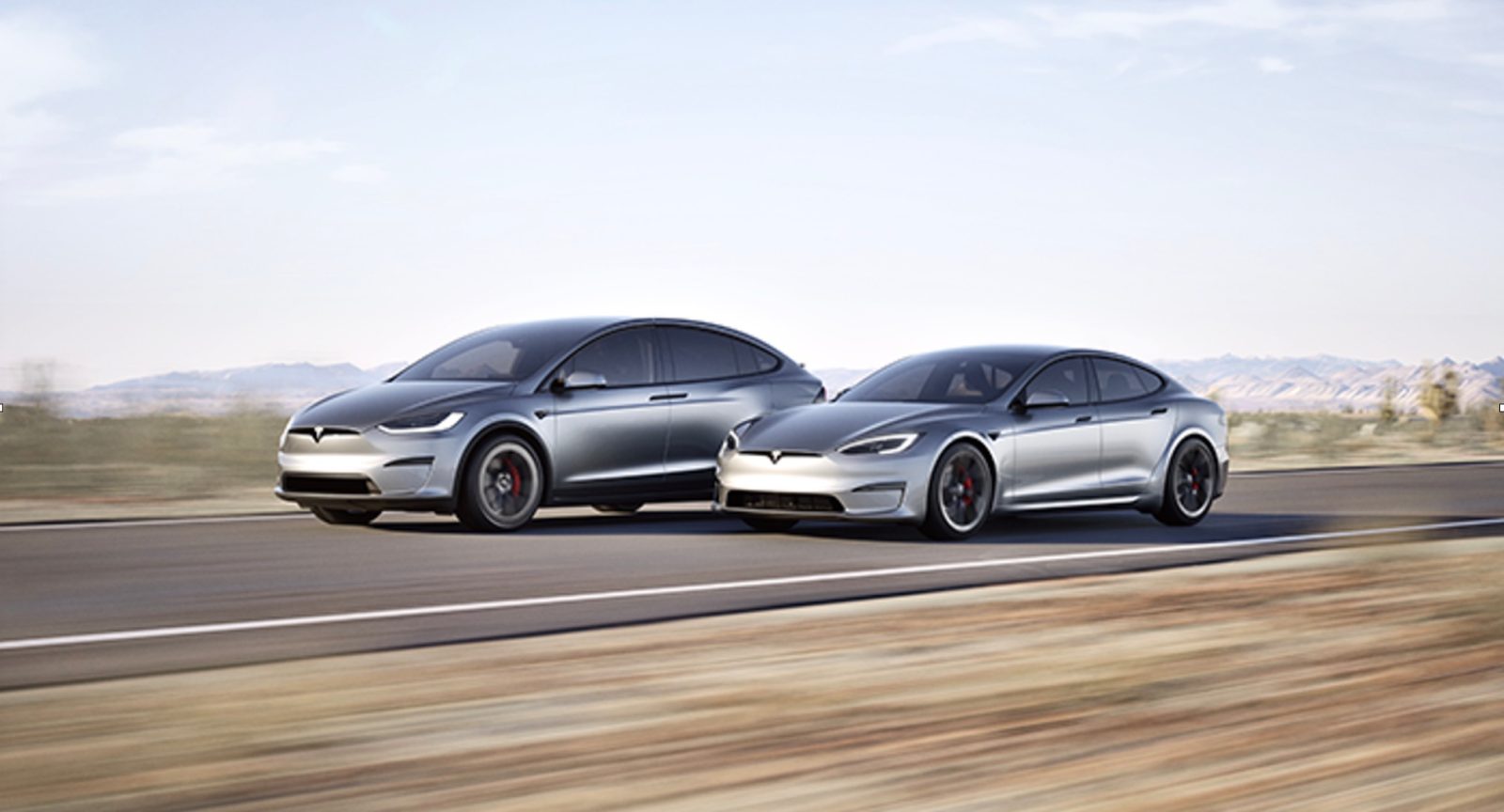
Tesla has escaped a recall in NHTSA’s suspension investigation, which is finally closed after years, but it received a recommendation to change parts in more cars.
For years now, Tesla has been dealing with allegations of suspension defect on its Model S and Model X vehicles.
Things started to ramp up in 2020 when Tesla recalled almost 30,000 Model S and Model X vehicles that were shipped to China over an alleged issue with its suspension.
As we stated in the report, there were a few things that were strange about this report — primarily the fact that it only affected Model S and Model X vehicles sent to China between 2013 and 2017 even though those vehicles were produced in the US, and Tesla used the same suspension as all other Model S and Model X produced during that period.
Later, we learned that Tesla disagreed with the Chinese authorities about the need to recall those vehicles and argued that there was no defect.
Tesla said that the failure in question happened in less than 0.05% of vehicles outside of China and in about 0.1% of vehicles in China.
The automaker blames the higher rate in China on “driver abuse, including that driver usage and expectation for damageability is uniquely severe in the China market. If the customer inputs an abuse load (e.g., curb impact, severe pothole strike, etc.).”
Nonetheless, NHTSA launched its own investigation into the issue in 2020.
Four years later, NHTSA’s Office of Defects Investigation (ODI) closed the investigation without forcing a safety recall, but it does recommend that Tesla changes the fore links on more Model S and Model X.
NHTSA originally launched the investigation following 43 complaints of failure on the front suspension and identified many more incidents during the investigation, but no significant accident:
The investigation has identified 426 instances of failure on part number 1041570-00-A or 1041575-00-A fore links. None of the instances resulted in any loss of vehicle control. One minor crash with no injuries is associated with the 426 instances fore link failures. A majority of the failures occurred between one to fifteen mph while parking in driveways or parking lots. In the eight instances where the vehicle was traveling more than 40 mph and the fore link failed, the vehicle remained controllable with no associated crash or injuries as a result.
All the way back in 2017, prior to the Chinese recall, Tesla already issued a service bulletin to replace the component, but only on vehicles “built between 19 January 2016 and 25 May 2016.”
NHTSA believes that this doesn’t cover most vehicles affected by this issue so it recommends that Tesla expand the service bulletin, but it falls short of issuing a safety recall because it doesn’t believe that the problem will lead to a safety risk:
This sub population does not cover 75% instances of failures identified in this investigation. Additional damage to other vehicle components will occur if the vehicle is driven with this failed fore link. However no instance has shown that a failure of the fore link in this manner prevented the controllability of the vehicle in testing and reported failures. Based on this analysis, ODI is closing the investigation. ODI recommends that Tesla expand the terms of Bulletin SB-17-31-001 to cover all vehicles equipped with 1041570-00-A or 1041575-00-A fore links.
NHTSA states that the closing of the investigation “does not constitute a finding by the Agency that a safety-related defect is not present.”
FTC: We use income earning auto affiliate links. More.






![Review: The tech-forward Meepo Go electric skateboard is a smooth, speedy ride for all [Video]](https://i0.wp.com/electrek.co/wp-content/uploads/sites/3/2025/07/Meepo-skateboard-hero.jpg?resize=1200,628&quality=82&strip=all&ssl=1)






